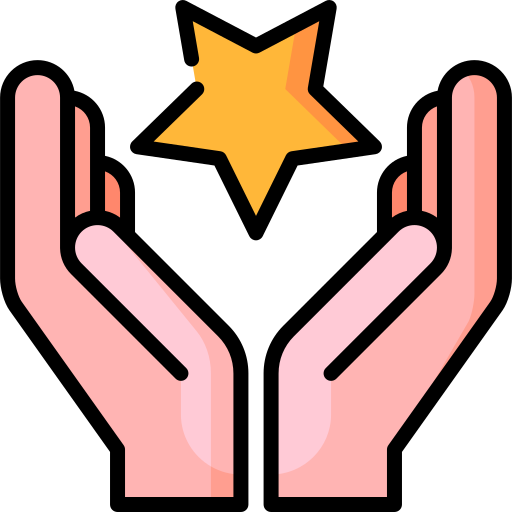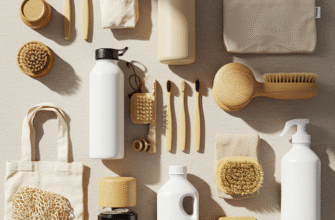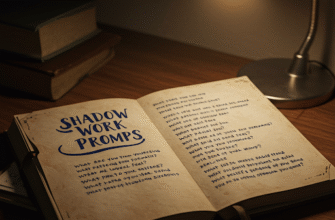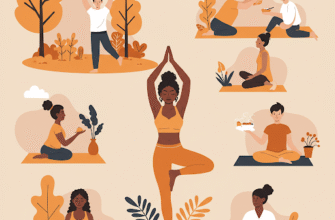We all possess a wellspring of creativity within us, often untapped and overlooked. It’s not a mystical gift reserved for artists and musicians; it’s a fundamental human capacity that can be nurtured and applied to every aspect of our lives. Unlocking this innate potential isn’t about becoming a “creative” in the traditional sense; it’s about embracing a mindset of curiosity, exploration, and problem-solving that can lead to innovation and fulfillment.
Understanding Creativity
Before diving into techniques for unlocking your creativity, it’s essential to understand what creativity truly is. It’s not simply about artistic expression; it’s the ability to generate new ideas, connections, and solutions. It involves thinking outside the box, challenging assumptions, and finding novel approaches to challenges.
Often, we associate creativity with grand, groundbreaking innovations. However, creativity also manifests in small, everyday moments. It’s the inventive way you solve a problem at work, the unique meal you concoct from leftovers, or the fresh perspective you bring to a conversation.
Creativity is not a fixed trait. Research indicates that it’s a skill that can be developed through practice and conscious effort. Like any muscle, the more you exercise your creative abilities, the stronger they become.
Breaking Down Barriers to Creativity
Many factors can stifle our creative potential. Fear of failure, self-doubt, and rigid thinking are common roadblocks. Identifying and addressing these barriers is crucial for fostering a more creative mindset.
Fear of Failure
The fear of making mistakes or not meeting expectations can be paralyzing. It prevents us from taking risks and exploring new ideas. Overcoming this fear requires embracing a growth mindset, recognizing that failure is a valuable learning opportunity.
Self-Doubt
Negative self-talk and limiting beliefs can undermine our confidence and hinder our ability to generate creative solutions. Challenging these thoughts and focusing on our strengths is essential for building self-assurance.
Rigid Thinking
A tendency to adhere to fixed patterns of thought and resist new perspectives can stifle creativity. Cultivating a more flexible and open-minded approach is key to breaking free from these limitations.
Perfectionism is a significant creativity killer. Striving for excellence is admirable, but an obsession with flawlessness can lead to procrastination and prevent you from even starting a project. Embrace imperfection and focus on progress over absolute perfection.
Strategies for Unlocking Your Creative Potential
Fortunately, there are numerous techniques and strategies you can employ to unlock your innate creativity. These methods focus on stimulating your imagination, fostering a playful mindset, and breaking free from conventional thinking.
Embrace Curiosity
Cultivate a sense of curiosity and wonder about the world around you. Ask questions, explore new subjects, and challenge your assumptions. This inquisitive mindset will expose you to new ideas and perspectives, fueling your creative engine.
Read widely, attend lectures, visit museums, and engage in conversations with people from different backgrounds. The more you expose yourself to new information and experiences, the more connections you’ll be able to make and the more creative you’ll become.
Practice Mindfulness
Mindfulness involves paying attention to the present moment without judgment. This practice can help you clear your mind, reduce stress, and become more attuned to your inner thoughts and feelings. When you’re more present, you’re more receptive to new ideas and insights.
Try incorporating mindfulness exercises into your daily routine, such as meditation, deep breathing, or simply paying attention to your senses. Even a few minutes of mindfulness each day can make a significant difference in your creative output.
Engage in Brainstorming
Brainstorming is a powerful technique for generating a large number of ideas in a short period of time. The key to effective brainstorming is to suspend judgment and encourage all ideas, no matter how unconventional they may seem. Quantity over quality is the motto here.
Try using different brainstorming techniques, such as freewriting, mind mapping, or reverse brainstorming (identifying all the ways to make a problem worse). Experiment with different methods to find what works best for you.
Seek Inspiration from Diverse Sources
Don’t limit yourself to seeking inspiration from your own field or industry. Look to art, music, nature, science, and other disciplines for new ideas and perspectives. The more diverse your sources of inspiration, the more original your ideas will be.
Consider exploring different cultures, reading biographies of creative individuals, or simply taking a walk in nature. You never know where your next great idea might come from.
Embrace Constraints
Paradoxically, constraints can actually foster creativity. When you’re forced to work within limitations, you’re more likely to think outside the box and find innovative solutions. Set artificial constraints for yourself to challenge your thinking.
For example, if you’re a writer, try writing a short story using only a limited vocabulary. If you’re a designer, try creating a logo using only a few colors. These constraints will force you to be more creative and resourceful.
Experiment with Different Creative Activities
Try different creative activities, such as painting, drawing, writing, playing music, dancing, or crafting. Engaging in these activities can help you tap into different parts of your brain and unlock new creative pathways. You don’t need to be “good” at these activities; the goal is simply to explore and experiment.
Collaborate with Others
Collaborating with others can expose you to new ideas and perspectives, leading to more creative solutions. Brainstorm with colleagues, friends, or family members. Bounce ideas off of each other and build upon each other’s suggestions. The power of collective thinking can be transformative.
Take Breaks and Step Away
Sometimes, the best way to unlock your creativity is to take a break and step away from the problem. When you’re feeling stuck, go for a walk, listen to music, or engage in a completely different activity. This will give your mind a chance to rest and recharge, allowing new ideas to surface.
Document Your Ideas
Keep a notebook or journal to record your ideas, thoughts, and inspirations. You never know when a fleeting thought might turn into a brilliant idea. Regularly review your notes to identify patterns and connections.
The “shower thought” phenomenon highlights the importance of relaxation. Taking a break allows your subconscious mind to work on problems in the background, often leading to breakthroughs when you least expect them.
Cultivating a Creative Environment
Your environment can significantly impact your creativity. Create a workspace that is inspiring and conducive to creative thinking. This might involve decluttering your workspace, adding plants, or incorporating elements that stimulate your senses.
Surround yourself with things that inspire you, such as artwork, books, or photographs. Listen to music that uplifts and energizes you. Create a space where you feel comfortable taking risks and experimenting.
The Long Game: Sustaining Creativity
Unlocking your creative potential is not a one-time event; it’s an ongoing process that requires consistent effort and dedication. Make creativity a habit by incorporating it into your daily routine. Set aside time each day to engage in creative activities, even if it’s just for a few minutes.
Be patient with yourself and don’t get discouraged if you don’t see results immediately. Creativity is a skill that develops over time with practice and perseverance. Embrace the journey and enjoy the process of discovery.
Finally, remember to celebrate your successes, no matter how small. Acknowledge your creative accomplishments and reward yourself for your efforts. This will help you stay motivated and continue to cultivate your creative potential.








